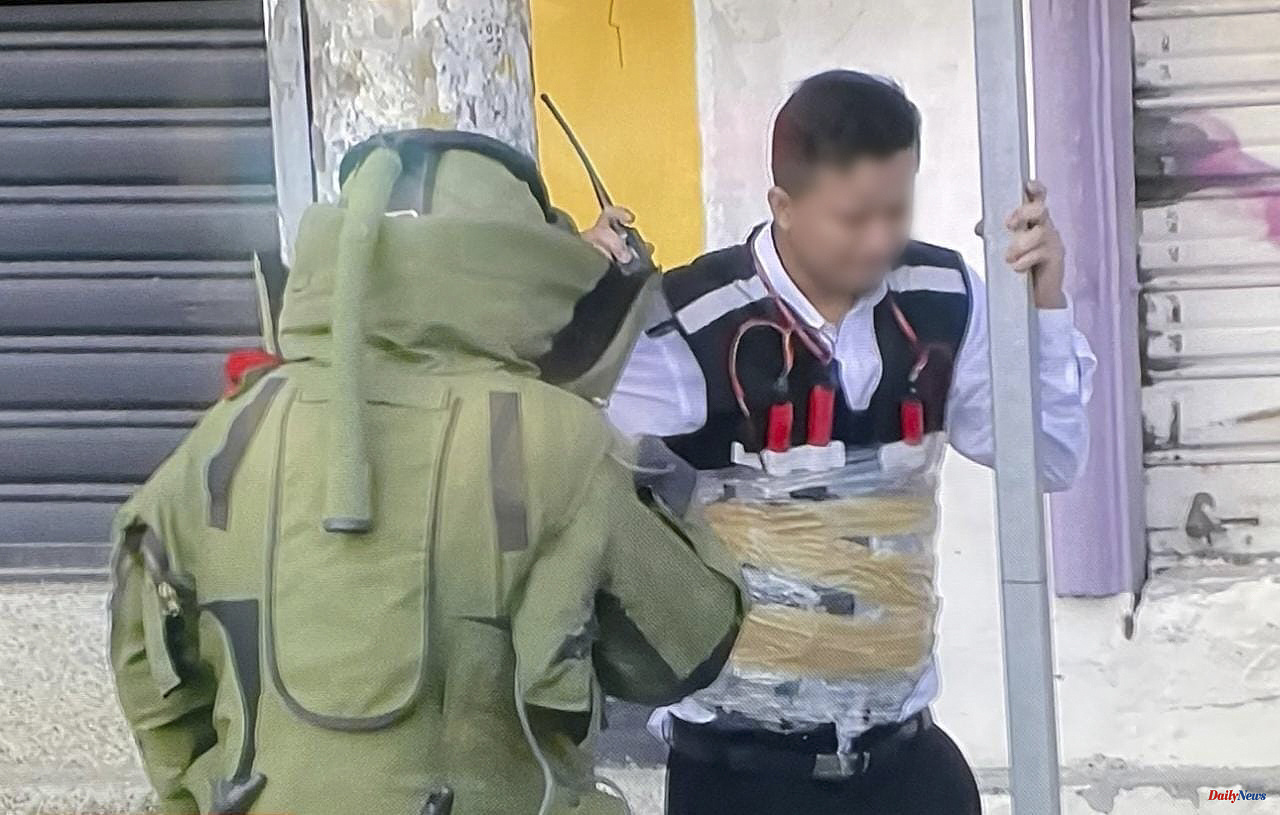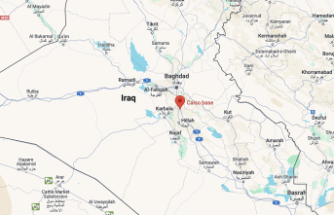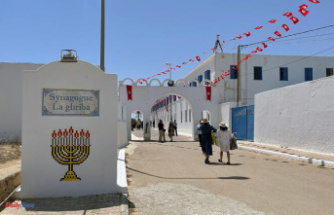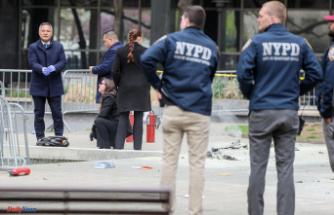Guayaquil police bomb squads have managed to save the life of a jewelry watchman, whom a group of extortionists turned into a human bomb. After more than three hours of anguish and broadcast through social networks and television, the explosive device specialists managed to remove the vest loaded with dynamite and cables that the criminals had forcibly placed on the worker's body.
As if it were a movie, the Ecuadorian version of the Oscar-winning "En tierra hostile", an agent from the Intervention and Rescue Group, equipped with an ostentatious protective suit, managed to free the young man, visibly nervous and who even burst into tears, from a sure death. The explosives were attached to his abdomen and his left thigh. He had previously received indications from the experts through a telephone.
The National Police revealed that the guard was kidnapped at night by a group of unknown persons, who attached the device to his body. Already in the morning the criminals transferred the bomb man to his work.
Ecuador is suffering a wave of violence whose main protagonist is drug trafficking and which has turned insecurity into the main citizen threat. Investigators believe that behind this incident are gangs that apply "vaccines" (extortion) to local businesses.
A chapter of terror with a happy ending that recalled the cruel death of the Colombian citizen Elvia Cortés, to whom some hooded men placed an explosive collar, made of tubes and explosives, in 2000. The criminals gave her 10 hours to pay a "rescue" of 15 million Colombian pesos. The bomb exploded when the bomb squad was deactivating it, causing the death of both. For years it was believed that the FARC was behind the two murders, but finally the authorities attributed it to common criminals.
According to the criteria of The Trust Project












